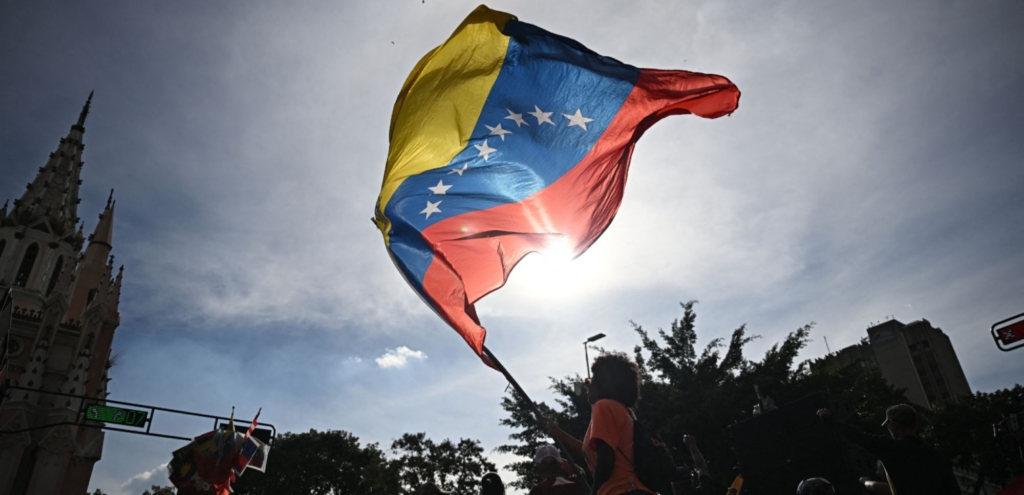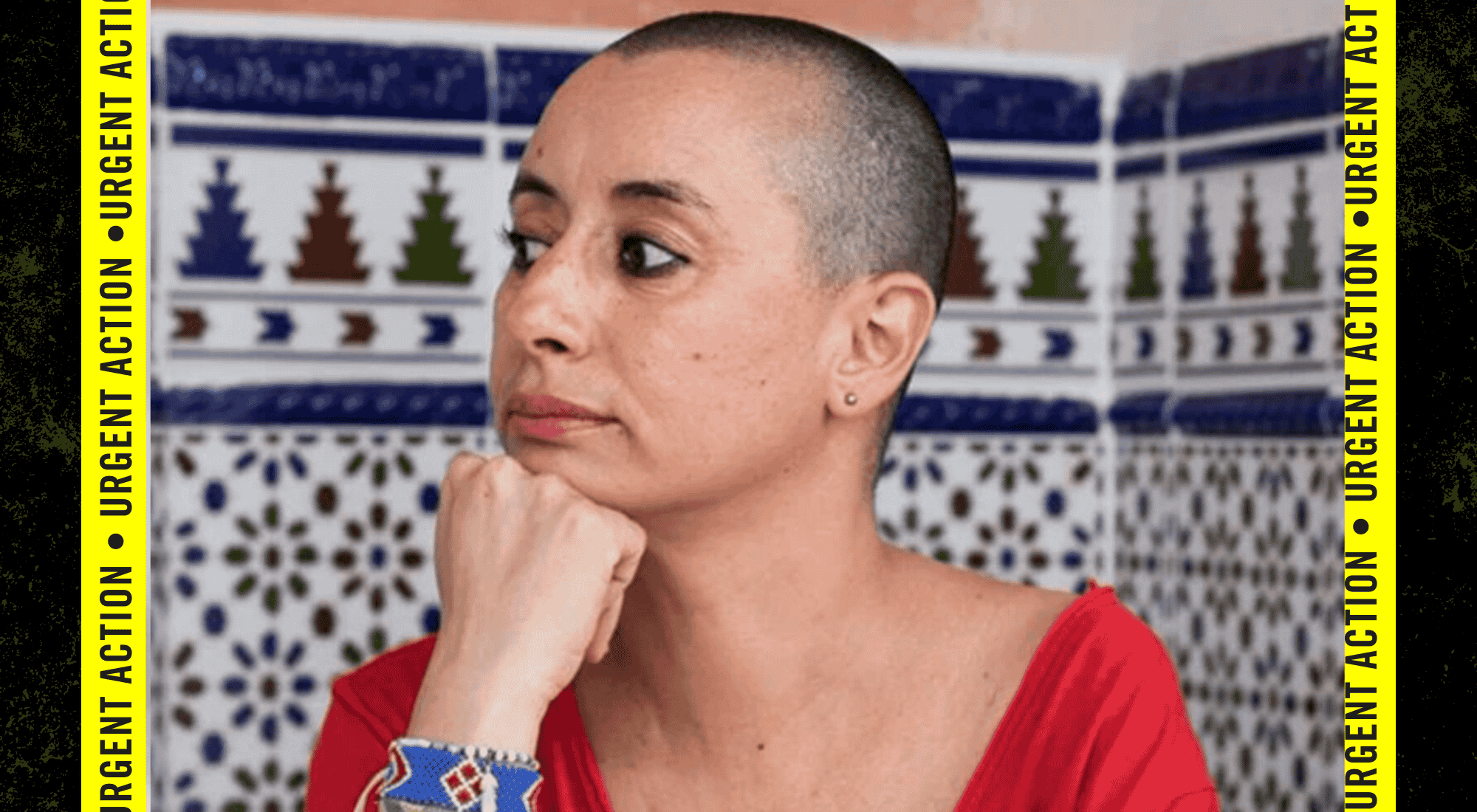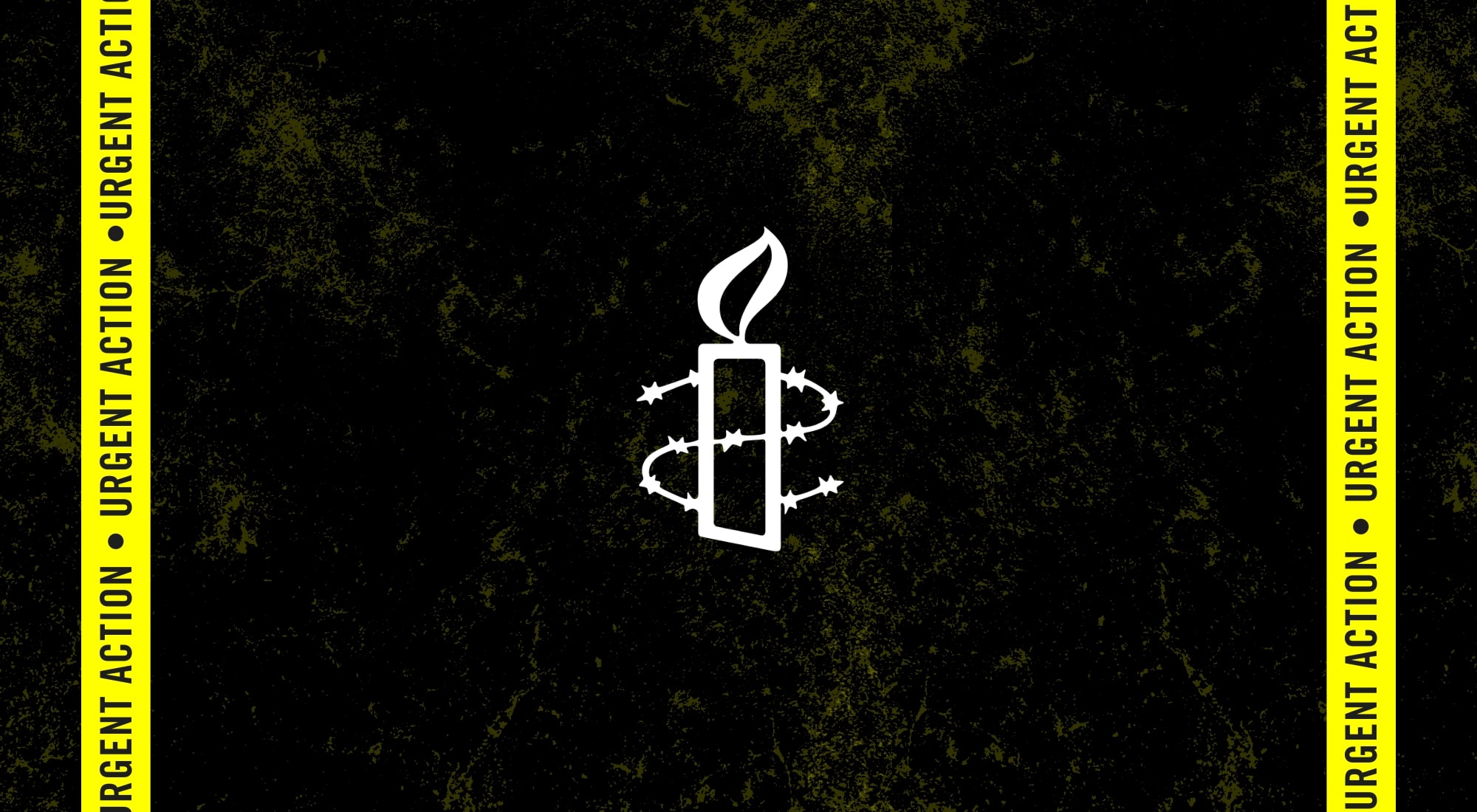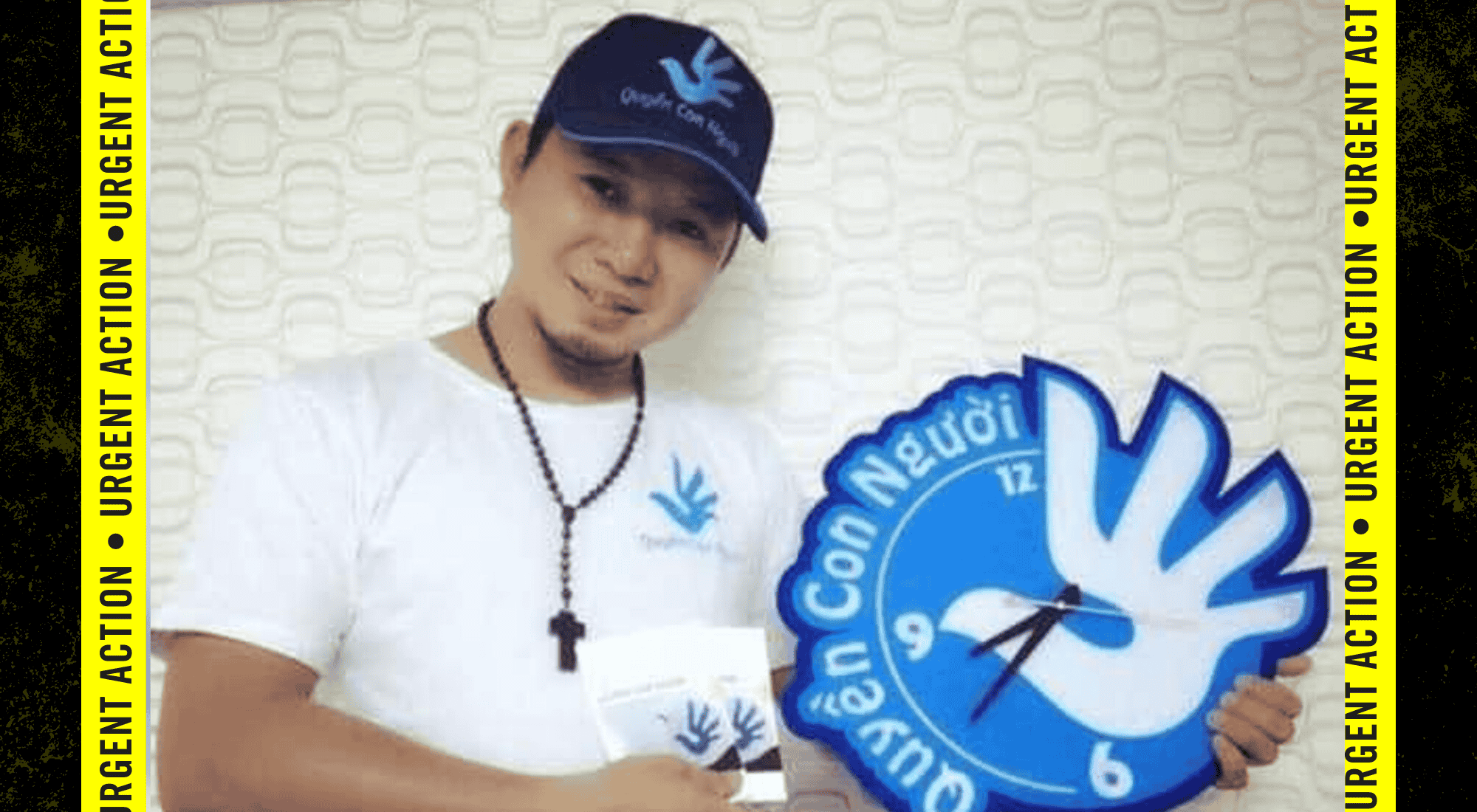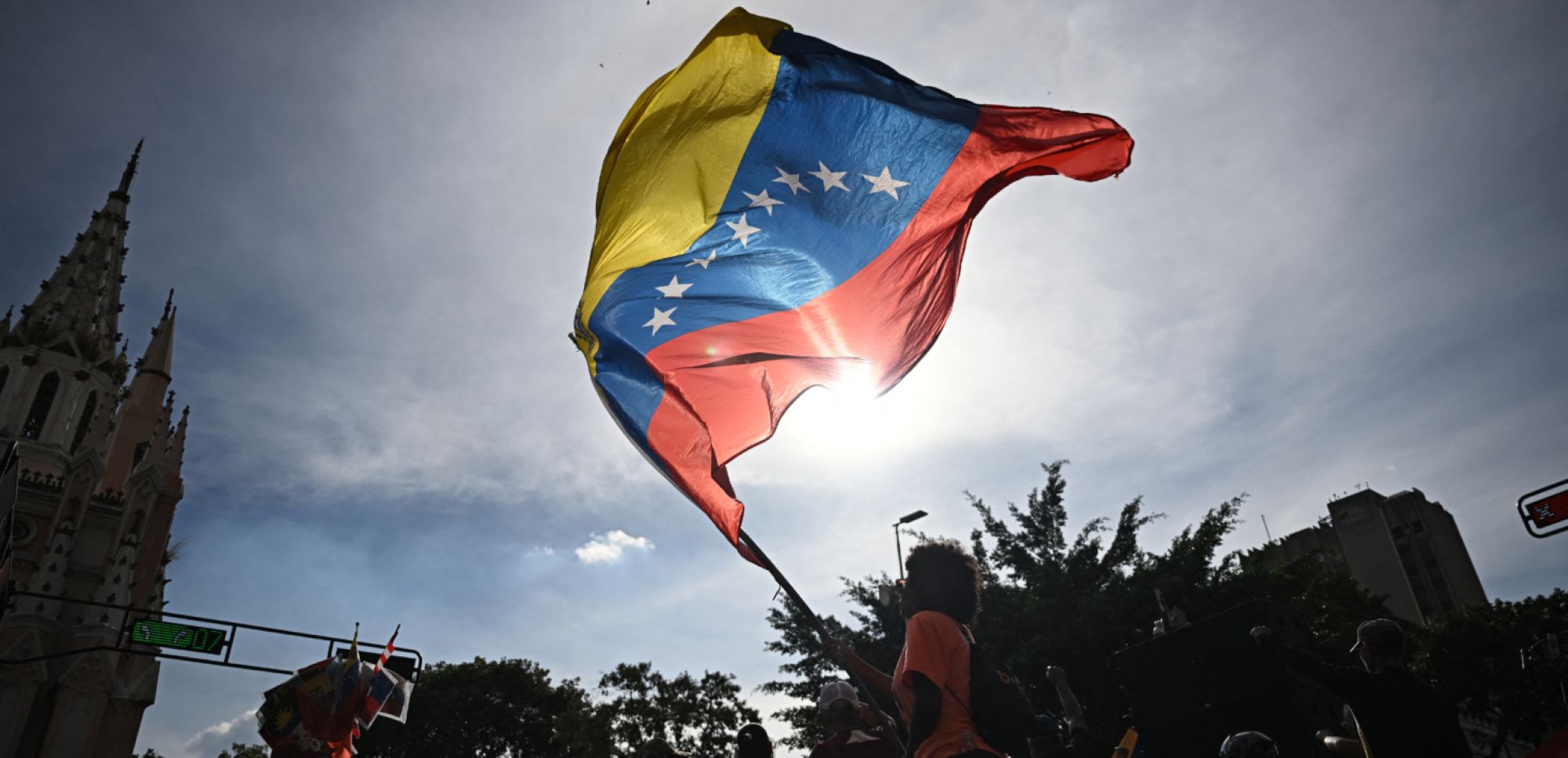Peru’s Attorney General’s Office should investigate all those, up to the highest level, who ordered or tolerated the illegitimate use of lethal force by security forces that resulted in 49 deaths during the protests from December to February, Amnesty International said today in a new report.
“Using lethal firearms against protesters shows a blatant disregard for human life. Despite the government’s efforts to paint them as terrorists or criminals, those killed were demonstrators, observers and bystanders. Almost all of them were from poor, Indigenous and campesino backgrounds, suggesting a racial and socioeconomic bias in the use of lethal force,” said Agnès Callamard, Secretary General of Amnesty International.
- Related: Canada must stop arms exports to Peru amid deadly repression of protests
- Take action: Tell Peru to stop using excessive force against protesters
“Far from being isolated incidents due to rogue officers acting of their own accord, the number of deaths on multiple dates and in different locations suggests a deliberate and coordinated state response. The Peruvian authorities must investigate the possibility that officials ordered or at least tolerated these killings, no matter how high up the chain of command it takes them.”
The report, Lethal racism: Extrajudicial executions and unlawful use of force by Peru’s security forces, analyzes 52 cases of people killed or wounded during protests in Andahuaylas, Chincheros, Ayacucho and Juliaca. These cases include 25 deaths, 20 of which may constitute extrajudicial executions carried out by state forces. In those 20 cases law enforcement fired live ammunition into highly vulnerable areas of the body (the head, neck, thorax and abdomen), with additional evidence, including videos, images, criminal files and witness statements, pointing to the unjustified use of force. In the other five fatalities, Amnesty International has evidence of possible excessive use of force.
Peru protests started in December amid political crisis
The protests that sprung up across much of Peru amid a political crisis last December included blockades of highways, airports and other infrastructure. Similarities in the use of force against demonstrators in different parts of the country indicate a possible strategy ordered or tolerated by senior officials. Moreover, instead of condemning the excessive use of force, Peru’s highest-ranking officials encouraged it by publicly praising the actions of the security forces, while stigmatizing protestors as “terrorists” and intentionally spreading disinformation.
Although the first deaths occurred on 11 December in Andahuaylas, the police and the military kept using the same tactics in different cities days and even weeks later. Armed with assault rifles, they fired live ammunition indiscriminately at civilians, resulting in significant loss of life. Despite pleas from the human rights ombudsman’s offices in Andahuaylas, Ayacucho and Juliaca to avoid excessive use of force, including one direct phonecall from the Ombudsperson to the Minister of Defense, security forces kept shooting for hours in many cases. In Ayacucho on 16 December, for example, the same military personnel were deployed on the very streets where several people were killed and dozens wounded the day before.
Not only did security forces use excessive force, the evidence suggests that commanders may also have been criminally complicit in concealing the arms that were used to carry out killings. The police and military weapons records that were handed over to the Attorney General’s Office and that Amnesty International gained access to failed to provide details on all the ammunition used and on which personnel fired specific weapons. In the case of Juliaca, just two officers from the Special Operations Directorate reported the firing of four 7.62 caliber bullets with their AKM rifles on 9 January. Yet on that day at least 15 people were killed by lethal ammunition and dozens more were wounded with firearms. Police also concealed the use of lead pellets (a munition prohibited for law enforcement personnel nationally and internationally), even though these caused multiple deaths and injuries.
Amnesty International interviewed one policeman from Apurimac, on condition of anonymity, who said: “what we often talk about among police officers is that, if there’s a violent group, you shoot one person. Because as long as there are no dead, people are still fired up, but when they see a casuality, they calm down.”
Lethal repression of Peru protests shows racial bias
Of the 25 deaths that Amnesty International documented, 15 were of young men under the age of 21, many of them from poor families of Indigenous descent. The mother of Chistopher Michael Ramos Aime,* a 15-year-old boy killed by the military in Ayacucho when he was crossing the street unarmed, said: “If we weren’t poor, Christopher wouldn’t have died. Because he wouldn’t have had to work that day.”
Amnesty International conducted a statistical analysis of the deaths recorded during the protests that suggested a marked racial bias on the part of the Peruvian authorities. It found a disproportionately high number of deaths in areas home to historically marginalized populations, even when the protests there were no more frequent or violent than in other regions.
For example, there were 104 protests and five acts of violence by civilians recorded in Lima, compared to 37 protests and five acts of acts of violence by civilians in Ayacucho. Yet there was just one death in Lima, where only 20% of the population identifies as Indigenous or Afro-descendant, whereas 10 people were killed in Ayacucho, where 82% of the population is Indigenous or Afro-descendant.
Notably, the police and military only used live lethal ammunition outside the nation’s capital, even as Lima experienced similar levels of protest and violence as other regions.
Government failure to conduct prompt and thorough investigations
Despite the grave human rights violations committed, Peru’s Attorney General’s Office has failed to conduct prompt and thorough investigations. As far as Amnesty International could ascertain, prosecutors have yet to seize the weapons that the security forces used during the operations or question any of the officers involved, despite their names being available to them. The lack of resources, experts and prosecutors allocated to these cases, plus a series of institutional measures taken by the Attorney General, including several reshufflings of personnel, have undermined investigation and the collection of key evidence.
Given the risk of impunity for grave human rights violations and crimes under international law, Amnesty International calls on the Attorney General’s Office to ensure prompt, thorough and impartial investigations; request technical assistance from regional or international human rights mechanisms in the criminal investigations, and guarantee victims’ access to justice.
The organization also calls on President Dina Boluarte to condemn and put an end to the security forces’ use of lethal force and prohibited ammunition such as pellets in response to protests. Furthermore, the Peruvian government should carry out an urgent assessment of the structural racism that permeates the actions of state institutions.
*His family consented to the use of his full name
Header photo credit: © Max Nina
















